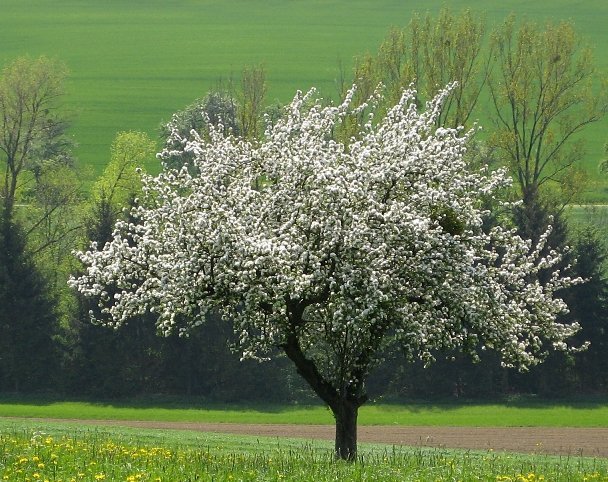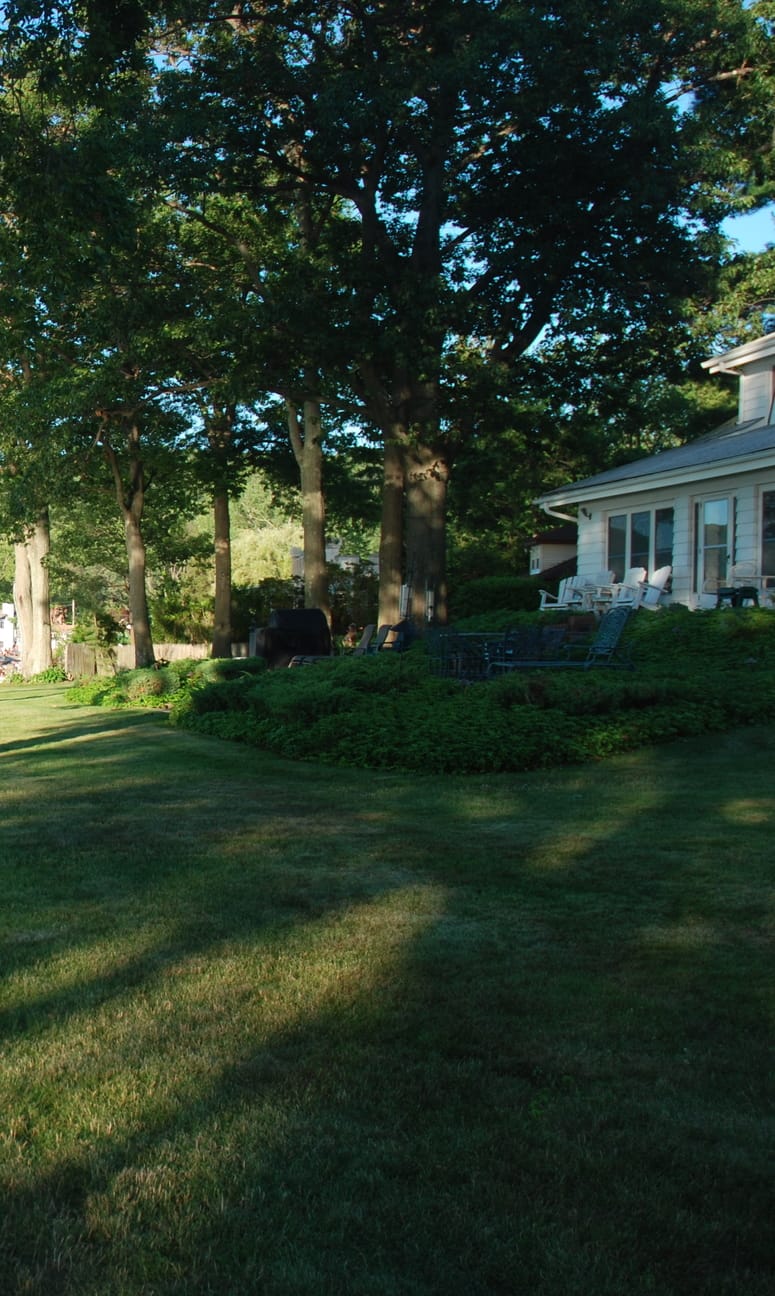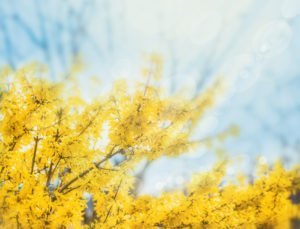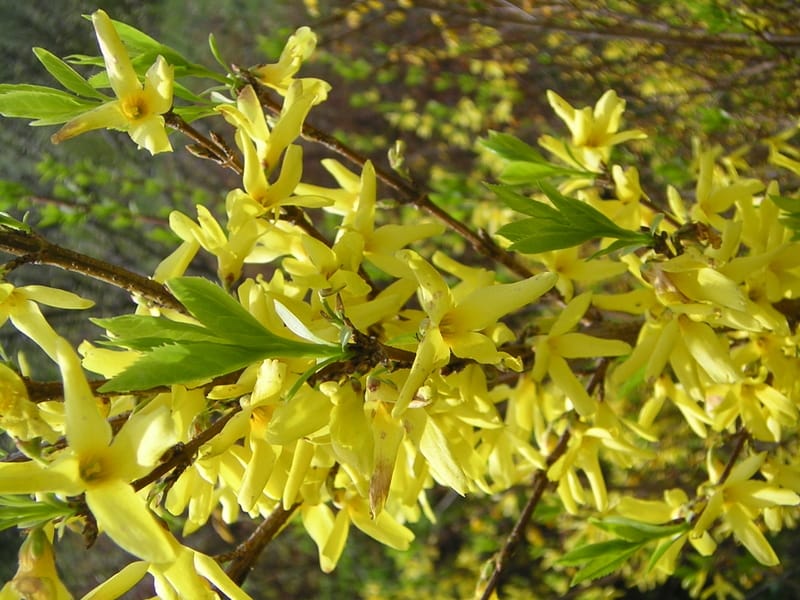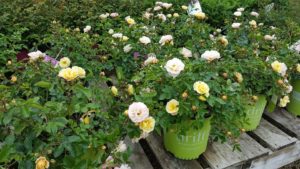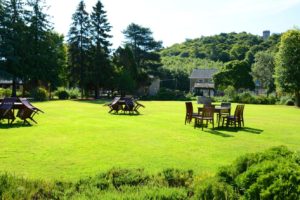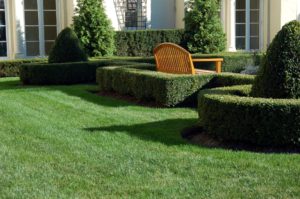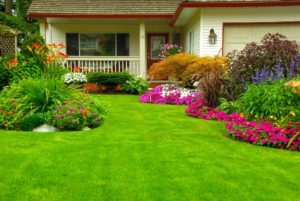More SE Wisconsin June Tips for Trees
Caring for Your Trees
Trees are a landscapes most important feature. They offer privacy, shade, focal points, and serve as shelter and food for wildlife. Planting the right tree in the right spot is a vital step that shouldn’t be dismissed quickly. What type of soil do you have, does it retain moisture or dry out quickly? What kind of sun exposure does the area get? Will the tree get to big for the location? Are you looking for year-round interest, privacy or shade? Having the answers to questions like these will be helpful. The well-stocked lot at Heritage Hill Nursery will give you several varieties to choose from no matter what you’re looking for.
June Tips:
Replenish mulch around trees as needed maintaining a 2 to 3-inch layer of shredded bark. Be care not to mulch up to the base of the trunk as this can cause rotting. Mulching can be a lot of work but it’s worth the efforts. Many trees have suffered injuries from mower and trimmer blades and strings. These entryways open the tree up to insects and disease. Mulching can reduce moisture loss from evaporation and cut down on weeds. Did you know that grass is a big competitor for water and it’s healthier for the plant if you remove the grass and provide mulch? Although newly planted trees will probably need to be watered on a weekly to bi-weekly basis, too much water can cause the tree to die. Trees should be watered thoroughly when the top 4-6 inches of soil is dry. It is best to use a hose near the base of the tree, but not touching the trunk, at a steady drip for about 20 minutes. The soil should be moist for at least 12 inches deep, but the ground not saturated. Clay and sandy soils will need to be checked more frequently. Prune any dead or broken branches this month except Oak trees. They shouldn’t be pruned until the tree is in its dormant state.
Courtesy of Gardening in Wisconsin by Melinda Myers Revised Edition
